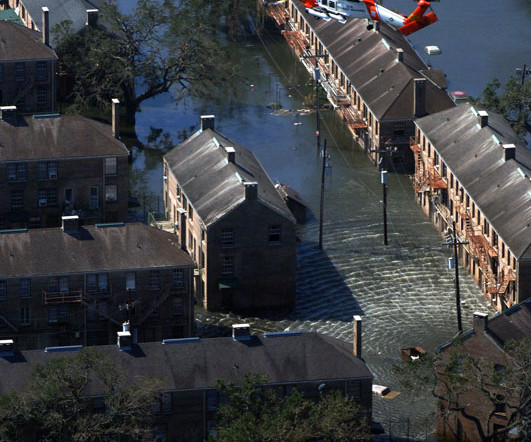Hazardous Conditions: Mitigation Planning and Pandemics
National Center for Disaster Prepardness
MAY 12, 2021
Thus, identifying and planning for the risks of potential disasters, such as a pandemic, is the first step to ensuring that communities and regions are prepared for them. Although each hazard mitigation plan is approved by FEMA, each state widely varies in how thoroughly it includes pandemic risk assessment and strategy in the plan.











Let's personalize your content